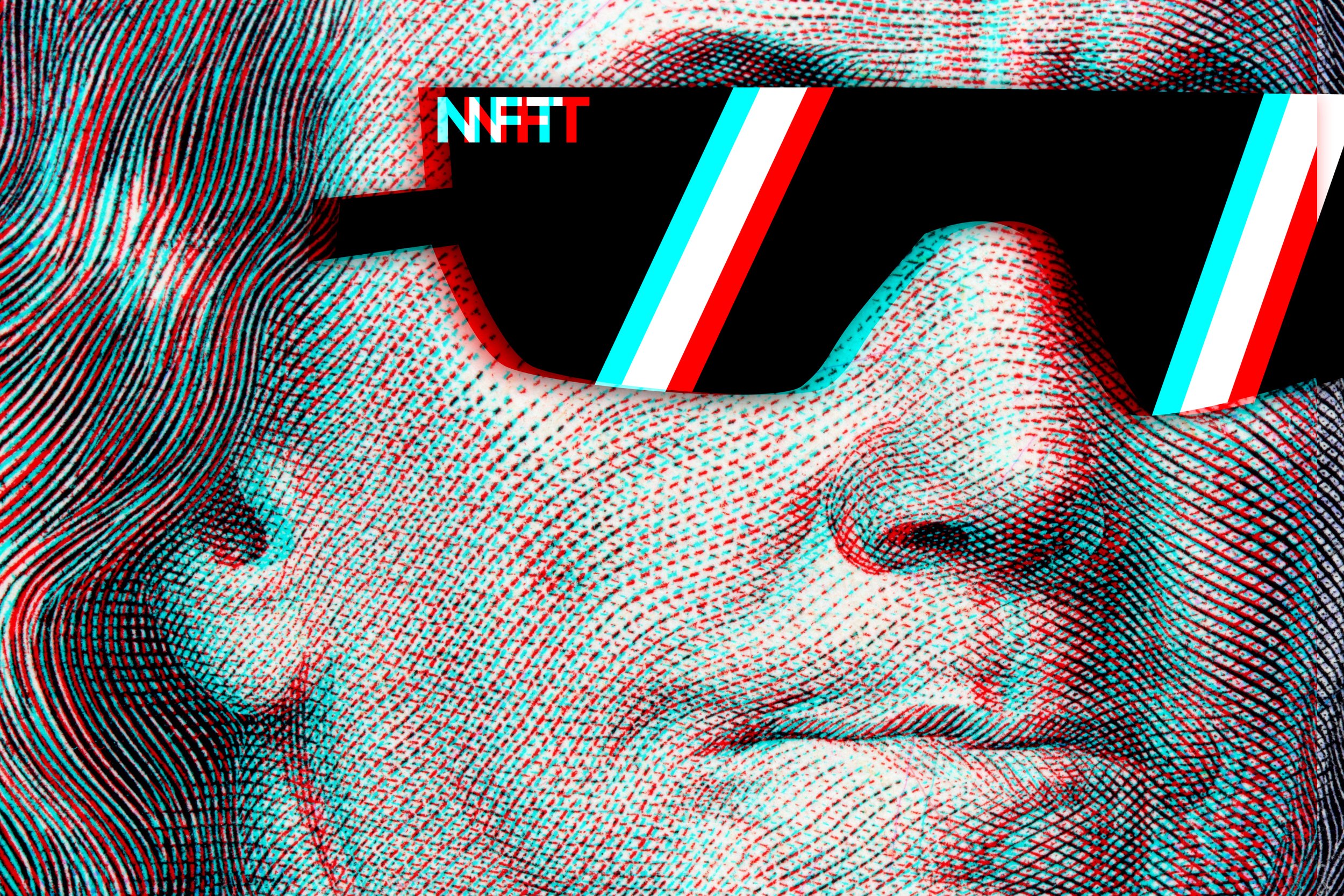NFTs, blockchain and Web3 - mirco explainer for creatives
Following our intro session with Ash Beech some of you were still feeling a little confused, so we created this handy intro to help break it down further.



NFT’s
NFT stands for Non-Fungible Token. Which doesn’t really make it much clearer, to be honest.
‘Fungible’ means ‘mutually exchangeable’. Cold hard cash is fungible: one pound is always worth another pound or, in the digital world, a copy of a jpeg or mp3 file, which is the exact replica of the original.
Non-fungible is precisely the opposite, it is totally unique. There is only one Mona Lisa, no one would argue that. When you ‘mint’ (create) digital files as NFTs, you create a unique token that sits on a blockchain, coded to make it non-replicable - think of it as a record in a database that cannot be changed.
If there’s only one, how can people sell multiple NFTs? While each token is fundamentally unique, you can mint 1000’s of versions of the same file (just as Grimes did in 2021) - but each individual NFT is still one unique token. There is still only the same number of tokens in existence, just like buying a numbered print from an artist. You might buy number 4/20, but there are still only 20 individual prints (tokens) knocking around.
What can an NFT be? NFTs can be anything digital, really: photos, animations, music, film clips and, yes, that Tweet - but a lot of the interest and excitement is around using the tech to buy and sell digital art. NFTs can also represent real-world items like physical artwork and real estate, but that is a whooole other conversation - we’re not going down that rabbit hole today.
What’s this minting business? ‘Minting’ is the process of converting a digital file into a digital asset stored on a blockchain. You do this via an NFT marketplace.
OK, back it up to Blockchain - explain
NFTs live on a blockchain, which is a distributed public ledger that records transactions - just like a giant, shared spreadsheet. Most NFTs are part of the Ethereum Blockchain, but there are others and each one offers something slightly different - like different email providers, they basically offer the same function, but with slightly different features. And that part about only having one official owner at a time? NFTs are secured by the blockchain, so no one can modify the record of ownership or create a copy.
I thought Ethereum was a cryptocurrency? Even though Ethereum is a cryptocurrency, its blockchain supports NFTs. It was the first blockchain to support NFTs and is still one of the most widely used.
Where does this Web3 shizz fit into all this?
Web3 is the next evolution of the internet. The best summary I’ve read of Web3 was by Debbie Wosskow, co-founder of All Bright:
Web 1: Read.
Web 2: Read, write.
Web 3: Read, write, own.
30 years ago the world wide web was like an encyclopedia, you could access information in read-only, but that was it. Web 2.0 allowed interaction: you could share, and UX became integral to how we interact, buy, sell and communicate online. Blockchain is paving the way for Web3, where your data is no longer stored on a centralised server and ownership is irrefutably trackable. There is a lot of development still to be done, but it’s insanely exciting.
Value for creatives... indisputable copyright!
NFTs give more power to creatives than ever before. The trackable, unchangeable nature of blockchain means creators can retain indisputable copyright over their own work (a massive problem currently online), and can claim resale royalties directly by coding commission percentages at the minting/creation stage, no matter how many times an item is sold.
The term ‘digital scarcity’ gets bandied around a lot, what does this actually mean?
Digital scarcity is essentially supply and demand, but the unique, non-replicable (non-fungible) nature of NFTs immediately creates a sense of rarity. Coupled with this, the trackable nature of blockchain means there can only be one official owner of an NFT at a time, so there’s a sense of hype and excitement about ownership.
The uniqueness of tokenised artwork is shaking up the idea of digital scarcity and ownership, and NFT art platforms are making collecting and investing in art more accessible (and more exciting) to the masses than ever.
What this means for commercial creatives over more conceptual artists is still yet to be seen, but we have only scratched the surface of how blockchain technology will affect the creative industries, and the creative opportunities they offer.
NFTs are exciting to some, scary to others and whole load of hot air to another camp entirely.
Whatever your feelings (and regardless of this week’s news!), blockchain technologies are not going away, and Web3 development is happening, so now is the perfect time to be learning more.
END.
Meet the expert
Ash Beech
Ash Beech is a Web3 technologies expert, and true entrepreneur. He sold his first company at the age of 22, and has been living and working in crypto since 2013.

